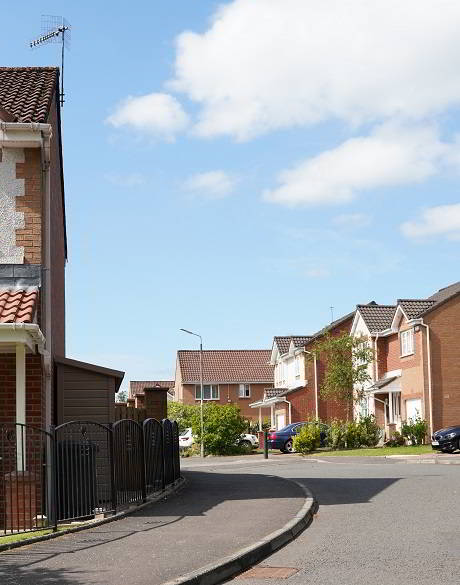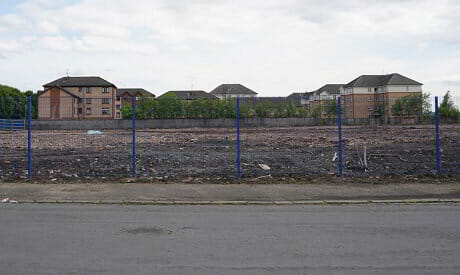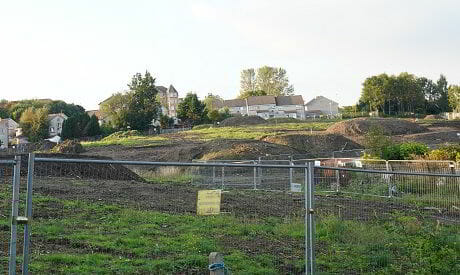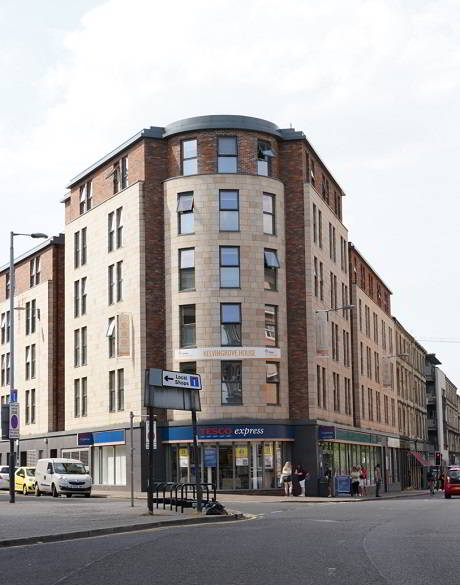Grey Belt Land Wanted from the Midlands to Southern England
‘Grey belt’ land has hit the news since the new government came into power and announced the impending Planning and Infrastructure Bill.
“For landowners, this represents a unique opportunity to explore development on land that was previously unlikely to secure planning permission,” says Tom Rankin of Prime Land Consultants.
“New development opportunities have opened up. We are, therefore, including grey belt land in our searches for sites for developer and construction clients. So, we are keen to hear about grey belt development sites from the Midlands to south of England.”
What Is ‘Grey Belt’ Land?
The government has previously described grey belt land as “poor quality and ugly areas, on the green belt”. These have lower environmental value or visual significance and would not prevent urban sprawl or preserve the character of historic towns.
Prime Land Consultant’s interpretation of what grey belt means is:
- Previously developed, currently under-utilised land.
- Light industrial land in the greenbelt.
- Old petrol stations or car parks.
- Vacant areas situated between green belt and built up or urban areas.
- Greenfield land which is not designated as greenbelt.
- Infill sites, or land on the edge of built-up areas or within low-quality greenbelt.
- Significant ‘back land’ (with an access) behind a large house or houses or business premises which is greenfield or green belt.
Prime Land Consultant’s Requirements for Grey Belt Development Sites
As a specialist land agency that acquires land for its clients, Prime Land is looking for development sites of over an acre suitable for:
- Residential development.
- Care homes.
- Housing for the elderly.
- Mixed use developments. This may include light industrial, retail, residential, medical, care homes and open space.
Tom Rankin continues: “The proposed changes represent the biggest relaxing of planning rules for decades. And, for the first time, this is an admission that brownfield land alone will not be enough to deliver the number of homes the country needs.
“As a result, councils will be required to review green belt boundaries – which were created to prevent urban sprawl – by identifying lower quality ‘grey belt’ land that can be built on.”
Housing Minister Angela Rayner looks to bypass council committee approval to speed up approvals and remove what she describes as the current ‘planning chaos’.
Amazingly, only 20% of all authorities have adopted a Local Plan in the past five years.
Under the new plans, local planning officers will have stronger decision-making roles to implement agreed planning policy.
“Streamlining the approvals process by modernising local planning committees means tackling the chronic uncertainty and damaging delays that act as a drag anchor on building the homes people desperately need,” Rayner said.
With the new Labour government aiming to build 1.5 million new homes, ‘grey belt’ land offers potential to transform neglected, unused spaces into vibrant communities.
More Examples of Potential Grey Belt Development Sites
Grey belt areas that could be redeveloped include former industrial sites, derelict buildings, and infill plots within villages and towns.
Infill sites or ‘gap sites’ tend to be vacant or underutilised land on otherwise developed sites, typically found within existing settlements. If they are around an acre, they may be ideal for consent for new care homes.
Below are examples of the types of land use which are suitable for consideration:
- Previously developed but now redundant, brownfield derelict sites.
- Outdated light industrial buildings down a track or road.
- Old farm buildings and parcels of land.
- Gap sites within a settlement between built up developed areas – might be land which has not been developed.
- Nuisance land, creating problems for locals, due to noisy uses or their smell.
- Land adjacent to a motorway junction close to a roundabout.
- Long term neglected spaces.
- Old former or worked out and infilled quarries.
- Former industrial sites, derelict buildings, and infill plots.
- ‘White elephant land’. That is, land that is difficult to develop or use profitably, perhaps due to its location, size, or environmental factors.
- Land where planning consent has been refused. Land with planning refusals appealed and lost (and recently won).
- Infill planning opportunities.
- Land that is potentially a ransom strip or controls access to land at the rear.
- Land close to settlements and large villages previously under option to builders or developers
- Caravan sales parks within the green belt.
We can also explore purchasing land that has been submitted in a ‘call for sites’ by the planners (also known as a ‘call for ideas’).
Estate agent Knight Frank carried out research and identified 11,000 previously developed ‘grey field’ sites which make up less than 1% of the green belt.
Tom Rankin of Prime Land concludes: “Our clients are very familiar with the planning process and potential issues and have extensive experience in creating productive paths through the planning system.”
If you have ‘grey belt’ land which meets the above criteria please contact Tom Rankin by email or call 07771 650506.




